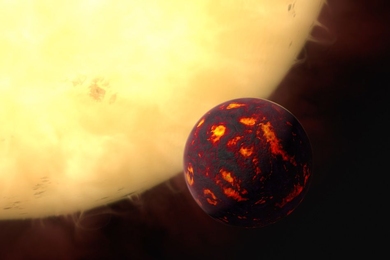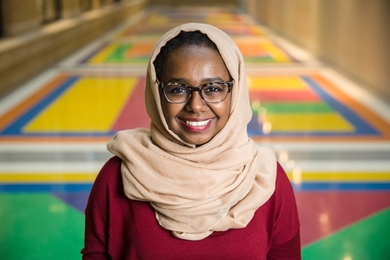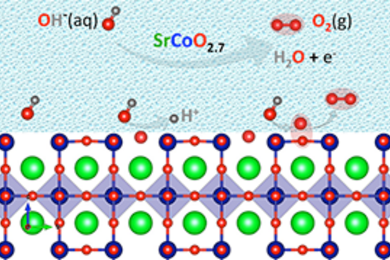April 12 symposium: Take an immersive, intellectual journey across campus
Beyond 2016: MIT’s Frontiers of the Future event offers a playful introduction to research at MIT.
Reprogramming gut bacteria as “living therapeutics”
Daily doses of synthetic biotics developed by startup Synologic may sense, treat metabolic diseases.
Letter to Congress outlines role of MIT endowment
MIT President L. Rafael Reif responds to Congressional request for information.
How crispy is your bonbon?
New theory, inspired by chocolate coatings, predicts thickness of thin shells.
Hybrid system could cut coal-plant emissions in half
Combining gasification with fuel-cell technology could boost efficiency of coal-powered plants.
A programming language for living cells
New language lets researchers design novel biological circuits.
How the brain processes emotions
Neuroscientists identify circuits that could play a role in mental illnesses, including depression.
Wireless tech means safer drones, smarter homes and password-free WiFi
System from MIT’s Computer Science and Artificial Intelligence Lab enables single WiFi access point that can locate users within tens of centimeters.
Practice makes perfect
Undergraduate Practice Opportunities Program gives MIT students a chance to master non-technical skills.
First temperature map of a “super-Earth” reveals lava world
Exoplanet lacks atmosphere, is covered in rivers of magma.
In search of a major she loves
Senior Amna Magzoub finds her niche in mechanical engineering, plans to bring skills home to Sudan.
A new mechanism for catalyzing the splitting of water
Researchers make an important step toward widespread adoption of water splitting to produce hydrogen fuel, an attractive alternative to fossil fuels.
![“Relatively small shocks can become magnified and then become shocks you have to contend with [on a large scale],” says MIT economist Daron Acemoglu.](/sites/default/files/styles/term_page__news_article/public/images/201604/MIT-macroeconomy.jpg?itok=RYFO7Wo6)

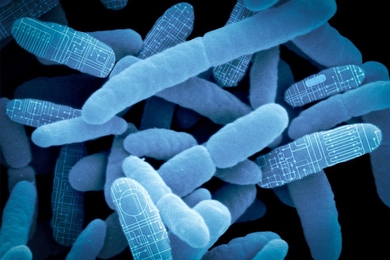

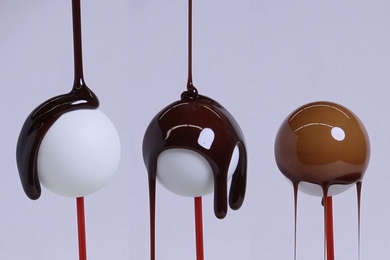
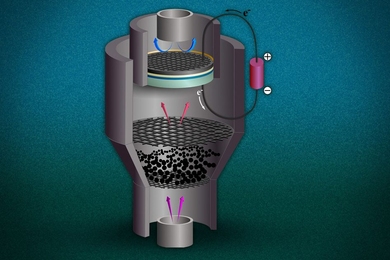
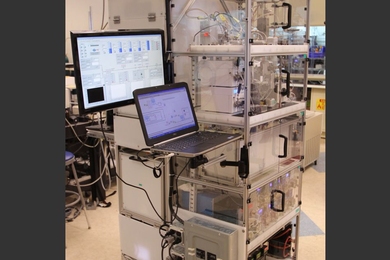




![“For China, it looks like industrial growth [has the greatest impact on water shortages] as people get wealthier,” Charles Fant says. “In India, population growth has a huge effect. It varies by region.”](/sites/default/files/styles/term_page__news_article/public/images/201603/MIT-WaterChina.jpg?itok=gsXDDhia)
